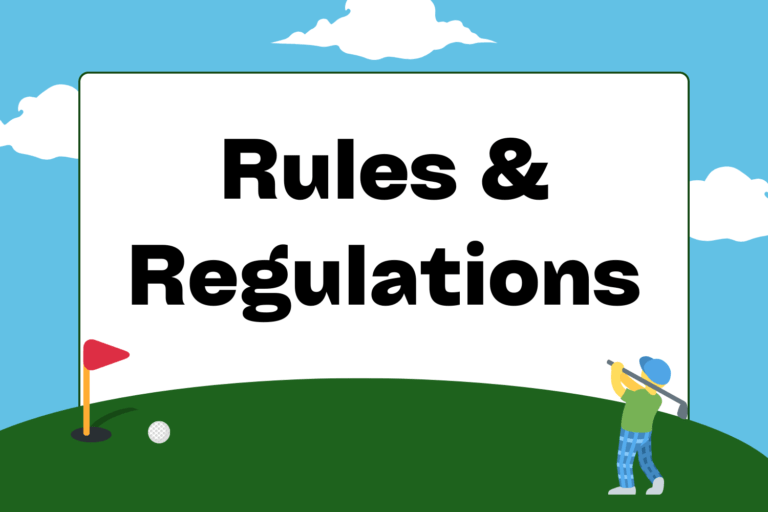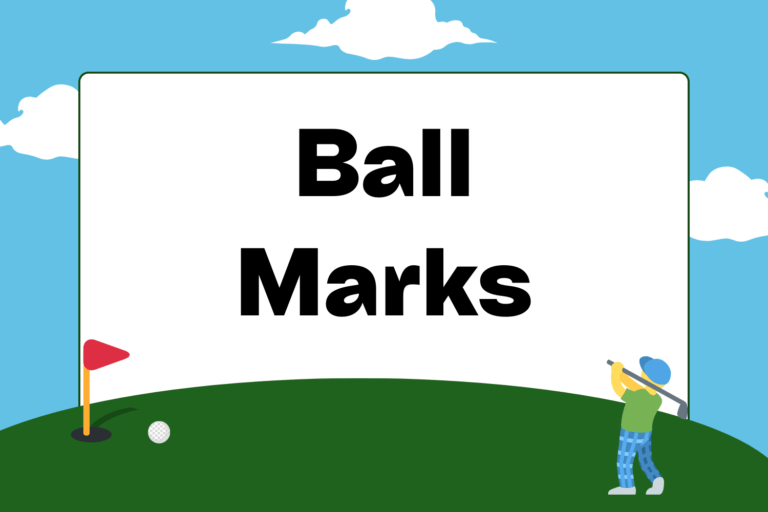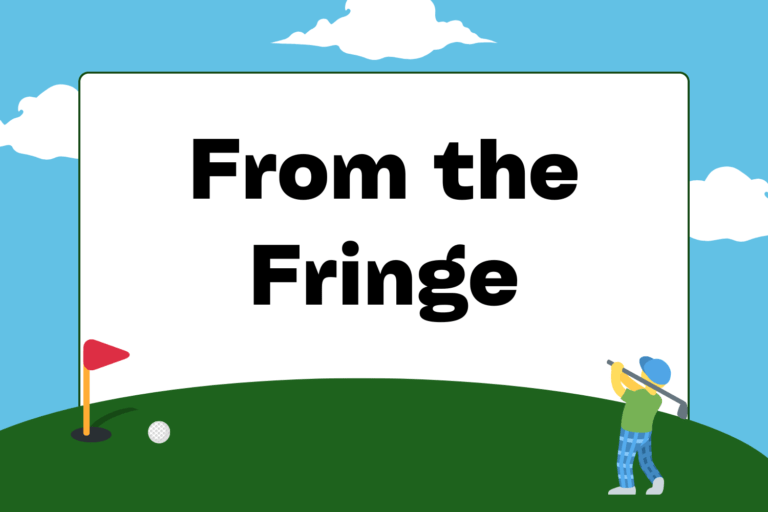No matter how much you practice at the driving range, there will be certain circumstances on the golf course for which you are underprepared. One of these situations is finding your ball on a slope, which forces you to change some things in your normal setup and swing. Hitting from a slope can only be mastered with experience, but some general knowledge is always helpful before having to improvise on the course.
There are four basic positions in which you can find yourself with a sloped lie:
- Downhill, so that your front foot is below your back foot.
- Uphill, so that your back foot is below your front foot.
- Sidehill, so that your ball is below your feet.
- Sidehill, so that your ball is above your feet.
Hot Tip: Stay Parallel to the Slope
On sloped shots, make sure that your shoulders are set parallel to the slope from which you are hitting. For example, if your ball is on a downhill lie that sets your front foot below your back foot, make sure your front shoulder is below your back shoulder at the same angle. This will ensure that your swing sweeps the ball at the same angle of the slope.
Downhill, with Front Foot Below Back Foot
The tendency here is to hit the ground before you hit the ball – resulting in a chunky and short-distanced shot – or hitting the top of the ball – resulting in a low, erratic shot. In order to make solid contact, here’s what you need to know:
- As in all sloped lies, align your shoulders parallel to the slope. In this case, tilt at the waist until your front shoulder is below your back shoulder at the same angle as the slope.
- For extra balance, take a slightly wider stance than usual.
- Set up with the ball in the same position in your stance as usual; that is, just front of center.
- Aim to the left of your target. On this downhill lie, your ball will tend to come out a bit right of where you are aiming.
- Make sure to keep your weight mostly on your front leg throughout your swing. This will ensure that you come down on the ball instead of falling back and hitting behind it.
- Since the angle of your swing here will be coming down on the ball, you should expect a lower trajectory with more roll. Use a club or two less than you would normally from that distance, depending on the severity of the slope.
Uphill, with Back Foot Below Front Foot
This lie is the exact opposite of the previous situation, but many of the tips apply the same. A common mistake here is the tendency to hit too far behind the ball. To get it right:
- Again, align your shoulders parallel to the slope. In this case, tilt at the waist until your back shoulder is below your front shoulder at the same angle as the slope.
- For extra balance, take a slightly wider stance than usual.
- Choke up on the club a bit.
- Aim to the right of your target. On this uphill lie, your ball will tend to come out a bit left of where you are aiming.
- Keep your weight mostly on your back leg through your swing, and lean into the slope on your follow-through.
- Since your swing’s angle here will be sweeping under the ball, you can expect a higher trajectory and less distance from your shot. Use a longer club than you would normally from that distance, depending on the severity of the slope.
Sidehill, with Ball Below Your Feet
If the ball is down the slope and below your feet, your main concern is staying down with the ball through your entire swing. It’s far too easy to come up too soon, topping the ball. So be sure to:
- Flex your knees. Don’t try to hunch over to the ball. The angle of your spine shouldn’t change from your normal stance very much at all. Instead, let your knees bring you down to the ball.
- Aim to the left of your target. Your ball will naturally move to the right once you hit it from this slope. The more severe the slope, the more room you should give your shot to move.
- Make sure you keep your head down through the swing. This is important on every shot, but especially here, where you’re already prone to topping the ball.
Sidehill, with Ball Above Your Feet
When the ball is up above your feet on a slope, you’ve got to focus on not coming over the top of the ball. This shot requires an inside-out swing motion to let the club hit the right amount of turf and ball. If you come over the top of it, you’ll hit a lot of ground, ruining your shot. Here’s what to do:
- Choke up on the club. By gripping the club further down on the shaft, you’re shortening the club to make up for the smaller amount of distance between you and the ball.
- Aim to the right of your target. Your ball will naturally move to the left once it’s in the air.
- Club up. Depending on the severity of the slope and the amount you choke up on the club, shots from this lie will not come out as powerfully as typical shots.
Hot Tip: Slice Fixer
If you suffer from a slice in your normal swings, a good practice idea is to use that inside-out motion that you utilize on this sidehill lie (ball above feet). It’s a great swing adjustment for solving a slice.
Practice
Experience from hilly lies is one of those things in golf you can’t really get at the driving range. The more rounds of golf you play, the more opportunities you’ll have to hit from these lies, and the more confident you’ll be for them in the future.





